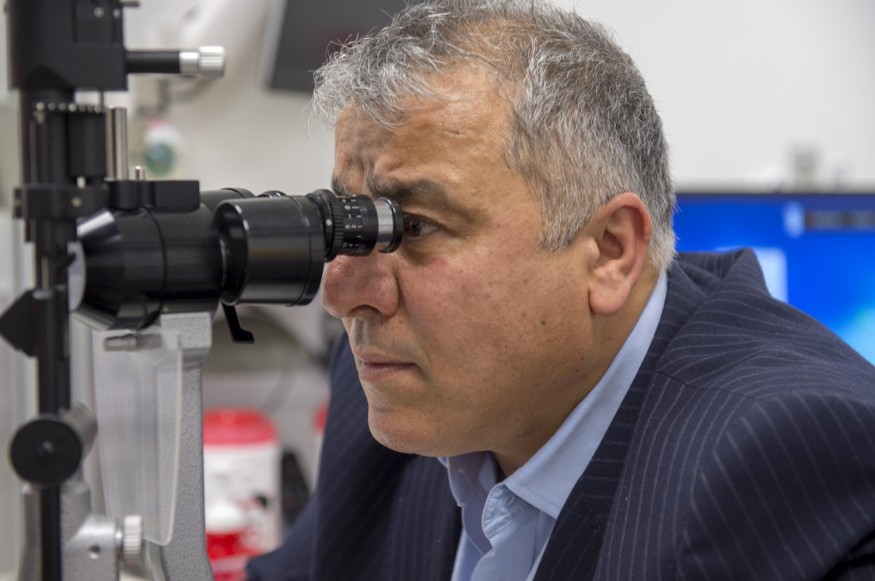The prevailing narrative that our neurons die when we die is being called into question by a recent study on neuron-packed tissue of the eye. In the new study, the electrical activity in the human retinas of a deceased organ donor was restored. The experiment was published in Nature.

Can Dead Retina be Repaired?
According to the Mayo Clinic, the retina's center degenerates with macular degeneration. This results in symptoms like a blind spot in the middle of the visual field or impaired central vision.
The scientists believed that the research would provide a better method for researching eye conditions, including age-related macular degeneration, which is a major contributor to vision loss and blindness. Additionally, the research might pave the way for transplanting retinas in the future and the revival of other varieties of brain tissue.
Animals, primarily mice, are used in the majority of retinal investigations. However, mouse retinas are not a perfect model because they lack the macula, a crucial part of human vision that picks out small details. It sometimes takes hours to get human eye tissue from autopsies, and by the time scientists can investigate its function, the eye is already dead. So bringing it to life is helpful for the retina study.
After Yale University researchers showed in 2019 that basic electrical activity could be restored in pig brains after death, Frans Vinberg, a vision scientist at the University of Utah, Anne Hanneken, a retina surgeon at Scripps Research, and their colleagues were inspired to investigate whether retinal tissue could also be restored postmortem.
Retina Revival Research and Findings
To conduct the study, the scientists first examined how long the mouse retinas could transmit electrical signals after euthanizing them. They discovered that oxygen deprivation was the primary cause of permanent loss of function and could restore this activity three hours later.
The researchers then looked into human eyes retrieved from organ donors just after cardiac or brain death. The retinal tissue was subjected to dim light, and the electrical signals produced by the tissue were measured after the scientists carried the eyeballs to the lab in a container that supplied oxygen and nutrition. They restored electrical activity in the light-sensitive cells known as photoreceptors and in the neurons these cells connect to in the donor's eyes.
The electrical activity in the light-sensitive cells known as photoreceptors and in the neurons these cells connect to might be restored if the donor's eyes were removed less than 20 minutes after death. The results showed that retinal cell connectivity and individual retinal cell functionality could be restored. Hanneken observes that since the eyes were not attached to a brain, they could not see.
According to Joan Miller, chief of ophthalmology at Mass Eye and Ear and chair of ophthalmology at Harvard Medical School, the most intriguing feature of the new research is that it might serve as a model for studying the visual physiology of human retinas in both healthy and diseased states. For instance, because living human eye tissue cannot be obtained, research into macular degeneration has proven challenging. Using this novel technique, researchers may study healthy and diseased donor eyes to understand how they work and evaluate potential treatments.
Check out more news and information on Medicine and Health in Science Times.
© 2025 ScienceTimes.com All rights reserved. Do not reproduce without permission. The window to the world of Science Times.











